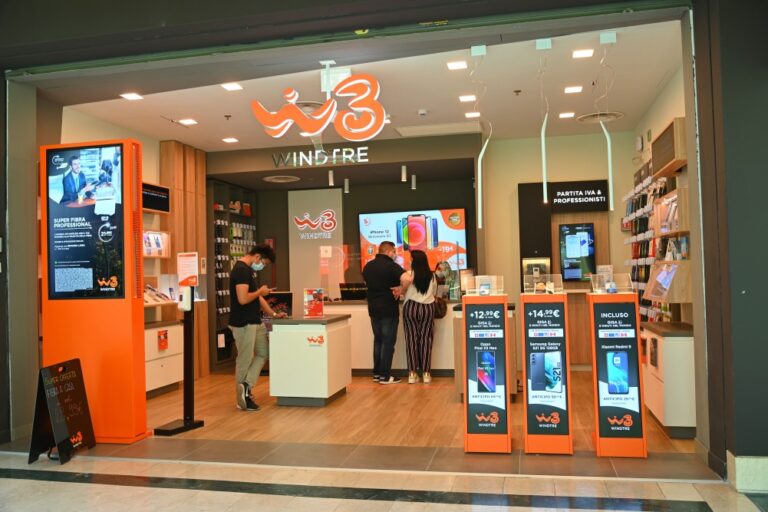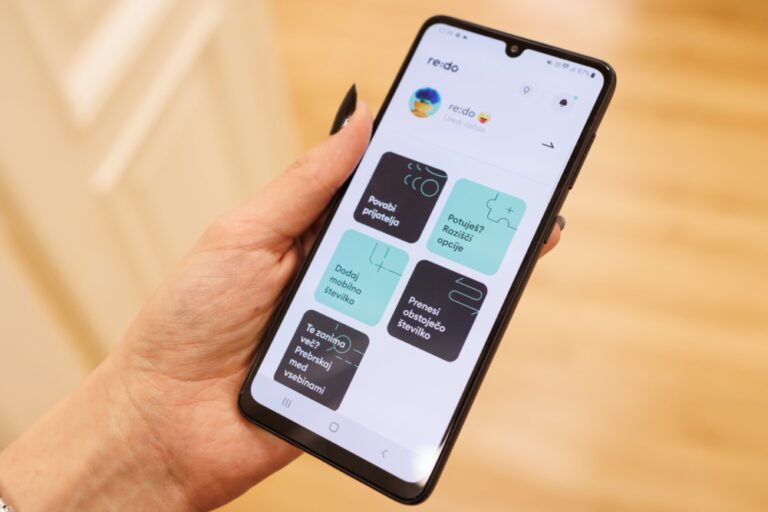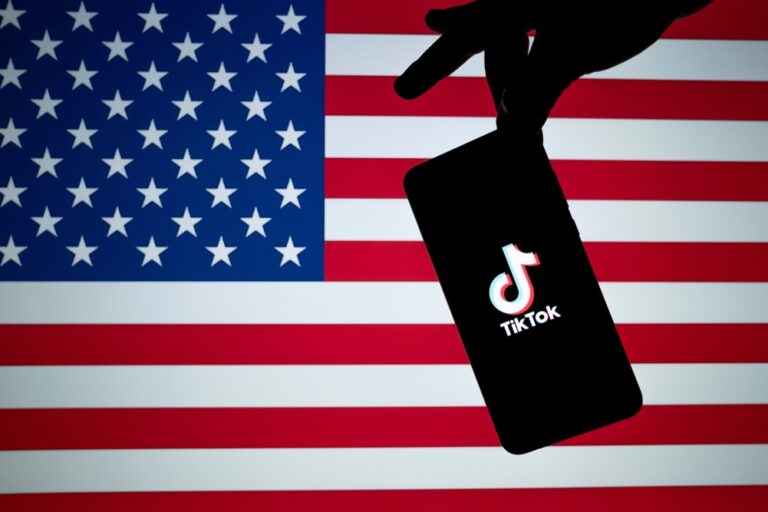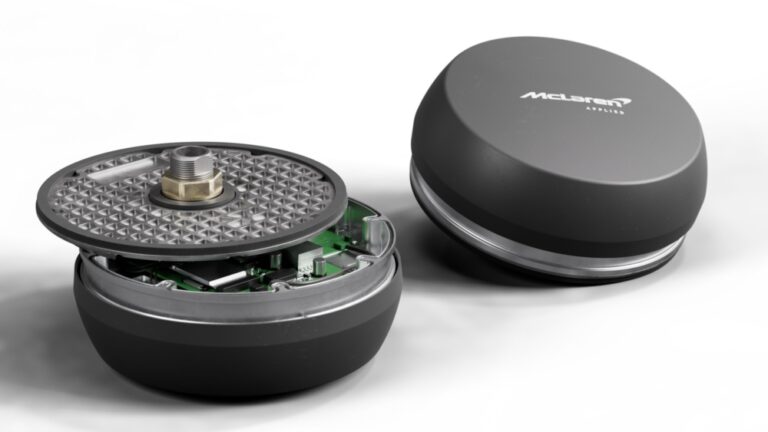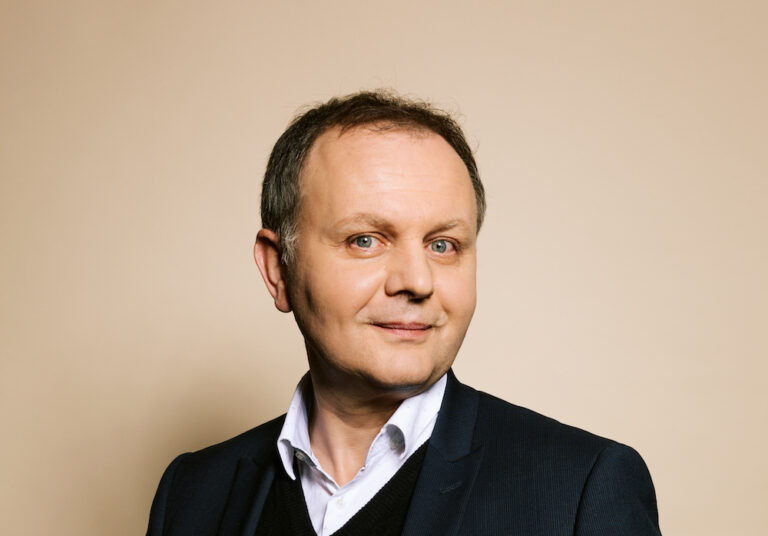Sponsored: The overarching theme was Velocity: Unleashing tomorrow’s technology today
Mobile World Congress 2023’s main theme explored five key areas across different sessions and demos: 5G Acceleration, Reality+, OpenNet, FinTech, and Digital Everything. Velocity is a fitting theme, as it seems we’ve experienced nothing but velocity with 5G rapidly becoming available around the world.
Powered by the latest 5G SA roll-outs, we can expect increased velocity in innovative products and services coming to market, accelerated by the telco to techco transformation and the rise of cloud based industry solutions.
Velocity means unleashing tomorrow’s technology today; bringing new services to market faster, adapting and evolving as needed, but operating with the scalability and agility only cloud can enable.
And while all the conference subthemes are truly impacting our industry, there were three that stood out to me as critical trends that will drive success in both near and long term. These were: Acceleration of 5G, Reality+, and Digital Everything.
We are truly on the precipice of realizing a long-anticipated shift in how we define the modern enterprise; the ways that 5G, cloud, AI, real-time communications, and IoT are coming together has put communications service providers (CSPs) in an incredibly unique role to take advantage of new revenue streams and business models. However, the key differentiator in who will own the market-share of these new opportunities boils down to who can adapt to new demands rapidly and go-to market with new services at scale.
5G Acceleration
5G is finally here, offering many service providers the potential for new revenue streams. With millions of 5G devices and mass amounts of new data to generate better insights, 5G is redefining how the world connects. In fact, the Global Mobile Suppliers Association estimates that 111 operators across 52 countries and territories are investing in 5G standalone networks in the form of trials, planned, or actual deployments.
Leading into MWC, Orange launched its first 5G SA network in Spain with Oracle as one of its 5G Core technology providers. We’re thrilled that our network technology will play power Orange 5G across Madrid, Barcelona, Valencia, and Seville.
With the acceleration of 5G rollout, service providers are already working on strategies to monetize these networks at scale. Many service providers are planning to offer differentiated network services to enterprises and developer ecosystems in the form of Network as a Service (NaaS) enabled by slicing and automated operations, much like the way cloud hyperscalers offer IaaS, PaaS, and SaaS today.
Interestingly, MWC was abuzz with presentations, discussions and showcases on 4G and 5G network exposure through APIs. For example, Vodafone demonstrated three network APIs – Battery health, Device status and Quality on Demand (QoD) which could be used for diverse use cases across consumers and enterprises.
GSMA along with the support of 21 global mobile network operators, announced a new industry initiative called the GSMA Open Gateway, providing a universal framework for operators to expose network APIs to developer ecosystems. The APIs are defined, developed and published in CAMARA, an open-source project under The Linux Foundation and supported by GSMA. Oracle is proud to be associated with the CAMARA project.
Adaptive pricing models
Service providers are also looking to create adaptive pricing models across networks, services, experiences, and payment types to charge in real time at any scale. Data will play a massive role in 5G monetization for B2B services, especially when it comes to ensuring a reliable, optimal customer experiences.
On the other hand, there is incredible value to be gained by collecting and distilling the newly accessible data flowing through the 5G networks, but faced with the increased complexity in data collection, and a lack of compatibility with legacy data collection tools, many service providers struggle to extract value in a secure way.
To address this challenge, we announced the release of the Oracle Communications Network Analytics Data Director. The second solution released in our Network Analytics portfolio, the Network Analytics Data Director is a packet broker in the 5G network, essentially ingesting data traffic from various sources such as Oracle 5G Network Functions and sending it securely to subscribed third party applications or probes. With both incoming and outgoing data encrypted, users can be confident in the end-to-end transport of data and leverage this insight to drive several upstream business and operations use cases such as assurance, operations automation and enhanced customer experience.
Reality+
Immersive technology was a massive trend this year with widespread interest in AR/VR gaming, the metaverse, and more. As advanced technologies enable new touchpoints on the customer journey and business models begin to adapt, an immersive experience in an extended reality offers enterprises quite literally another realm in which to interact with their customers.
5G’s promises of low-latency and high speed and accessibility is going to be key to the convergence of our physical and virtual worlds. In fact, McKinsey estimates that the total impact of the Metaverse alone will reach $5 trillion by 2030.
This means service providers need to assess their new role in the emerging value chain as well as their strategic plans, both from the perspective of network investments and platform play. More importantly, they need to understand their own potential to play an expanded role in bringing Metaverse based services and solutions to consumers and enterprises.
I recently discussed how 5G and the cloud can transform the way we experience entertainment and live sports events, and as a result, create new business models to monetize these services. More immersive entertainment and sports events will become commonplace with the advancement of augmented reality, virtual reality, and 3D gaming, and 5G is positioned to have a tremendous role in this exciting future.
Leveraging a converged policy and charging solution will also help enable providers to test new network policies and quickly monetize new 5G-enabled services such as live streaming and augmented reality in a matter of minutes rather than months.
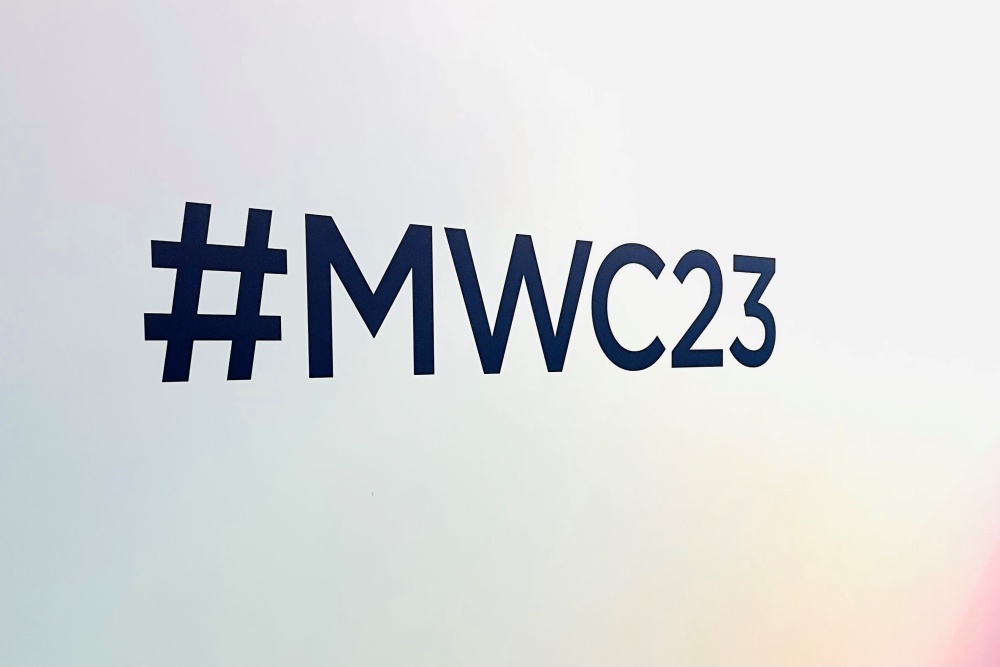
Digital Everything
From entertainment to manufacturing, to health sciences to hospitality the industrial and enterprise use cases for 5G are boundless. CSPs who are making the transition to Industry Service Providers (those offering industry specific solutions based on full stack vertical industry clouds) are going to play an increasingly pivotal role in this new emerging digital economy.
During MWC, Oracle announced our latest partnership with AT&T Mexico, which has turned to Oracle Cloud Infrastructure to transform its IT estate and support new industry verticals. Working with OCI, AT&T will bring benefits of mobile internet to its 20M+ subscribers and business customers in the region supporting industries such as education, health, and banking nationwide.
Similarly, Vivo, the commercial brand of Telefônica in Brazil announced its decision to move its datacenter dedicated to the development and pre-production of new products and services to OCI as well. This migration will allow Vivo to speed up the availability of innovative service offers for its customers, with the expectation that it will reduce their go-to-market time by approximately 30% or more.
Digitalization, IoT, and the combination of the real and the digital worlds can be game changers for meeting unique industry challenges, even if many 5G enterprise services are currently nascent.
Today’s carriers will need to strengthen their B2B value proposition and carve out opportunities for co-creation in order for enterprises to make the transition to ‘anything as a service’ with SaaS based industry applications. However, in doing so, this B2BX ecosystem has the potential to be incredibly lucrative-generating new revenue streams and creating shared value for customers.
It was wonderful to connect with operators from around the world at MWC to discuss these exciting innovations impacting our industry. From 5G Acceleration to Reality+, and Digital Everything for Industry 4.0, it’s clear we’ve got an exciting and impactful next few years ahead in communications technology.
The author
Jason Rutherford, Senior Vice President and General Manager, Oracle Communications, Applications
Jason is returning to Oracle Communications after two years as Executive Vice President and Chief Revenue Officer for KORE Telematics. He brings years of experience in the B/OSS space as a previous Group Vice President, Global Sales, Oracle Communications, and as a senior leader in sales, pre-sales, alliances and consulting at Convergys and Accenture. Jason’s focus is on Oracle’s Digital Experience for Communications (DX4C) and B/OSS portfolio. www.oracle.com



